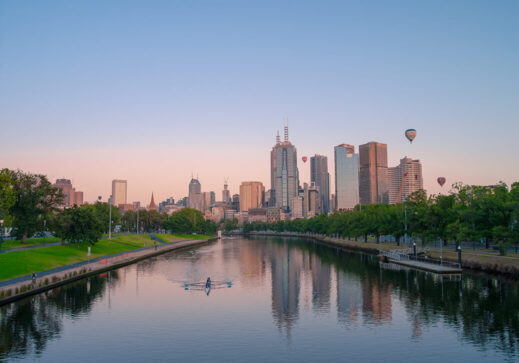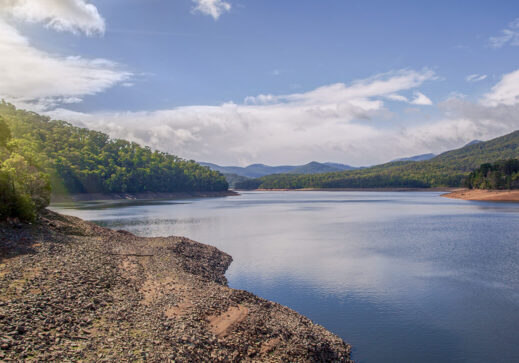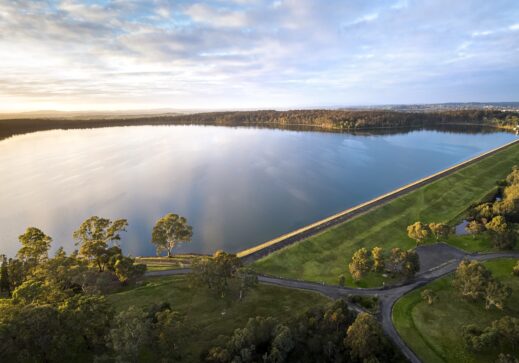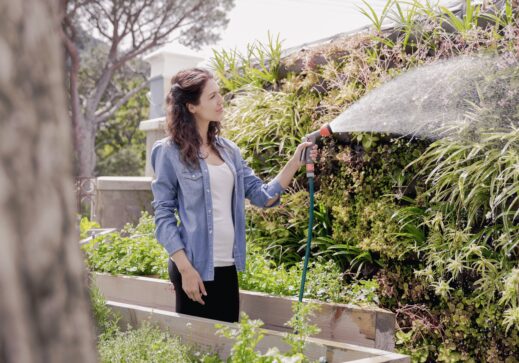

Everything that makes Melbourne a vibrant, livable and sustainable place, from the hallowed turf of the MCG to our world famous coffee, depends on a healthy, reliable water supply.
Melbourne is one of Australia’s fastest growing cities. Melbourne’s population is forecast to rise from 5 million to 9 million by 2056. This, along with the effects of climate change, is putting increasing pressure on our water supplies.

We store water in 10 reservoirs located around Melbourne. The water in these reservoirs comes from rainfall across Melbourne’s water catchments and the Victorian Desalination Project, which between 2017 and 2023 contributed 455 billion litres of desalinated water into our supplies.
Melbourne’s annual water use is currently around 70 billion litres (28,000 Olympic swimming pools) more than the average volume of water that flows naturally into our reservoirs. As Melbourne grows, we are using more water than rainfall alone can provide.
* We measure the water storage levels of our 10 reservoirs over a 24-hour period (8am-8am) every day. Note: graph below is indicative and not to scale.
Data provided by Melbourne Water

We are experiencing a warmer, drier climate which means long term, less water is flowing into our rivers and less water is captured in water storages and dams. In the past we have relied mostly on water from rivers and dams, but this is no longer enough to reliably meet our current and future water needs.
Using water wisely and efficiently is the most cost-effective way to cope with growing pressure on our water supplies, to ensure there is enough in reserve for future drier periods.

With climate change and population growth putting pressure on water supplies, we're looking at how best to invest in more climate resilient water sources.
That means lessening our reliance on existing water supplies by using them more efficiently and increasing our use of other existing sources like desalinated water and fit-for-purpose recycled water.

Using water wisely and efficiently is the most cost-effective way to cope with growing pressure on our water supplies, to ensure there is enough in reserve for future drier periods.
If Melbourne keeps below its maximum water-use target of 150 litres per person per day, we could reduce urban water consumption by about 4 billion litres per year.
During the last Melbourne drought (1997-2010), our water storages dropped by 30% in less than two years.
